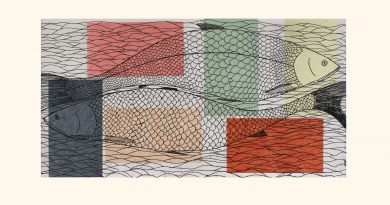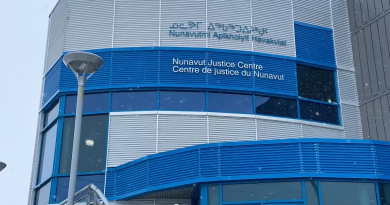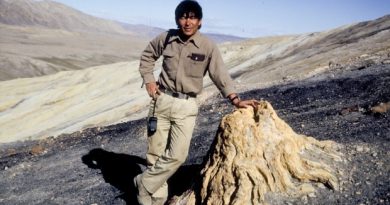Canadian Rangers to get new rifles, ditch WWII era Lee Enfields

(Canadian Armed Forces)
Canadian Rangers will finally be able to shelf their dependable but old Lee Enfield rifles in favour of a modern rifle designed for use in the rugged conditions of Canada’s North.
Defence Minister Harjit S. Sajjan today announced a contract for 6,820 new rifles to support the Canadian Rangers, a volunteer militia force, Canada’s eyes and ears in the remote and sparsely populated North.
“The Government of Canada remains committed to Canada’s North, its people, and our country’s sovereignty in this vast region,” Sajjan said during the formal presentation of the rifle in Haines Junction, Yukon. “Today’s announcement on new Ranger rifles demonstrates our support for the women and men of the Canadian Rangers as they carry out their important northern operations and patrols.”
Finnish ancestry
The new rifles, based on the Finnish Sako Tikka compact tactical rifle, will replace the WWII-era Lee Enfield rifles, the Rangers have been using since the 1940s.

The bolt-action rifles produced by Colt Canada have been designed to perform reliably in Canada’s vast sub-Arctic and Arctic regions, where temperatures can reach as high as 39 C and as low as -51 C.
They had to be able to withstand humidity and exposure to salt laden air and water, take a beating while being transported by foot, skidoos, sleds, small boats and all-terrain vehicles, which is essential for the Canadian Rangers as they carry our surveillance and sovereignty work in the Arctic and coastal waters.
Ranger units will start getting the new rifles early in 2017, until they are fully equipped by 2019. The contract is worth $32.8 million.
Jobs in southern Canada
The production of the rifles, which will take place over the next three years, will support the current 90 jobs at Colt Canada, and contribute to the creation of approximately 30 additional jobs in the Kitchener-Waterloo region, officials said in a statement.
Comprised mostly of Inuit and northern Cree, as well as other residents of Canada’s northern areas, the Rangers have some basic military training. But while they work in conjunction with the Canadian military as scouts and guides, they are not part of the regular Canadian Forces.
The part-time volunteers are the eyes and ears of the military in areas around where they live. They aren’t reservists, but for administrative purposes, they’re listed as part of the Canadian Armed Forces Reserve.
A 2010 Radio Canada International report looks at the Canadian Rangers:
Related stories from around the North:
Canada: Canadian Rangers celebrate 20 years in northern Ontario, Radio Canada International
Finland: Finnish Air force to take part in joint Finnish-Swedish-US military exercises, Yle News
Norway: Norway patrolling Russia’s military activity in Arctic with new intelligence vessel, The Independent Barents Observer
Russia: Paratrooper exercises over Arctic Russia, The Independent Barents Observer
Sweden: National draft may be reintroduced in Sweden by 2019, Radio Sweden
United States: U.S. general says Alaska military cuts not final without Arctic plan, Alaska Public Radio Network



